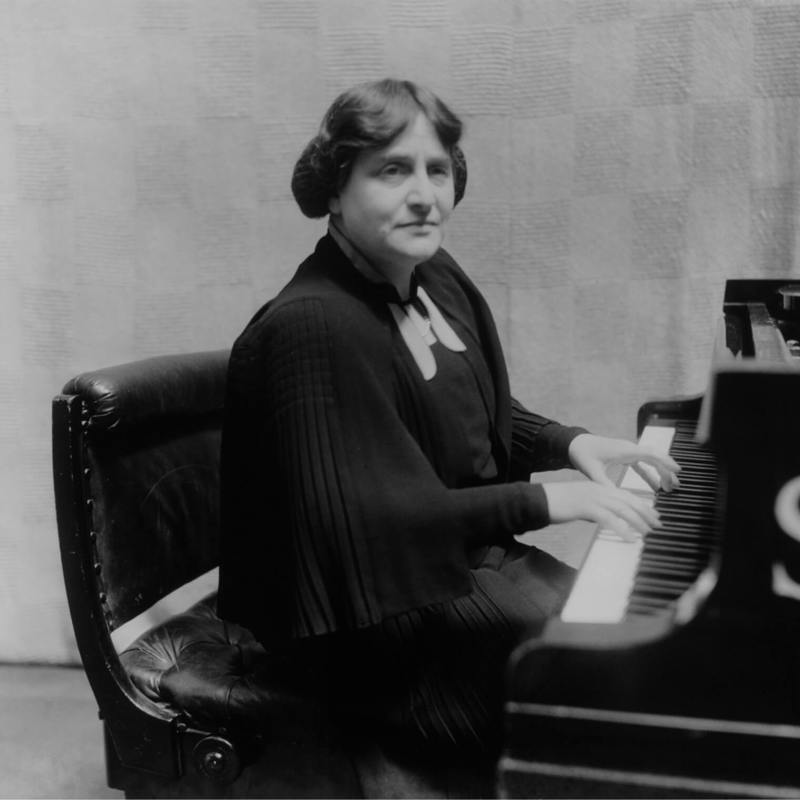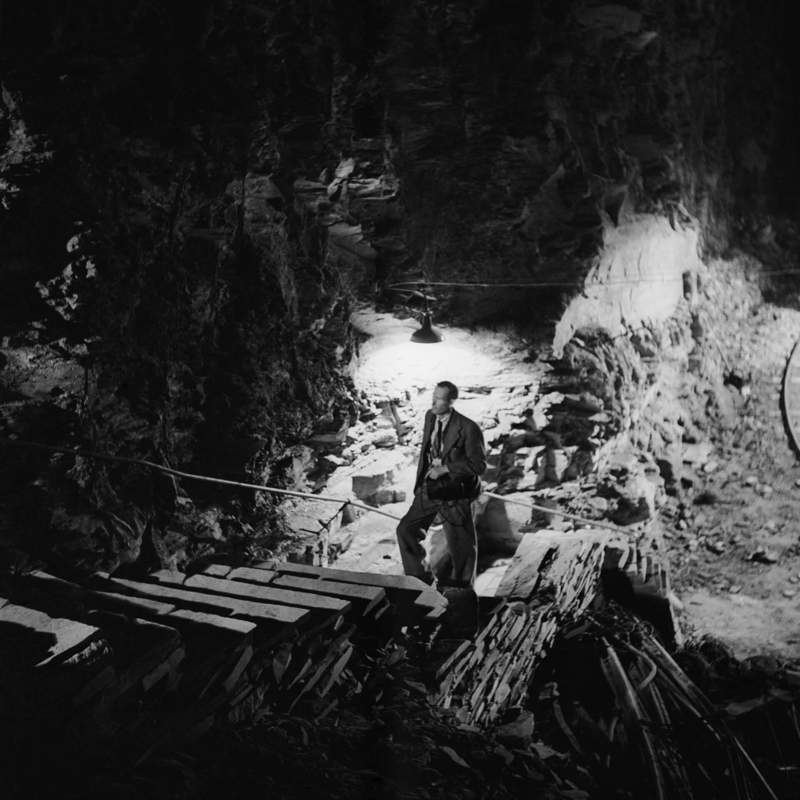The Monuments Men
How two curators helped rescue stolen paintings during the Second World War
The Monuments Men were a group of experts who helped to protect and rescue works of art stolen by the Nazis. Almost 70 years after the Second World War ended, an exciting discovery was made. Two members of the Monuments Men had also worked at the Gallery. So, who were they and what were their roles?
Protecting the art
In 1943, the US military set up a special unit to save art at risk from the war. They were called the Monuments, Fine Arts and Archives Section (MFAA). The MFAA was made up of 348 museum staff from across the Allied countries and included directors, curators, art historians, artists, architects, librarians and academics.
Their task was to protect cultural treasures. For example, they would survey historical monuments damaged by bombings. One of their more adventurous tasks was to find works of art stolen by the Nazi regime. Soon they became known as the Monuments Men (although numerous women were also part of the unit).
National Gallery heroes
In 2014, the story of the Monuments Men became a major film directed by George Clooney. The research for the film led to an exciting discovery. Some of the art experts in the MFAA had worked at the National Gallery at some point in their careers.
One of those men was Ellis Waterhouse. He worked at the Gallery as an Assistant Keeper (similar to a curator today) from 1929 to 1933. During the war, he served in the Intelligence Corps and later joined the Monuments Men.
Based in Germany and the Netherlands, he played an important role in supervising the return of stolen paintings. Many of these looted works had been hidden in mines and caves across Germany and Austria by the Nazis. After the war, Waterhouse continued to work in the arts and became the Director of the National Gallery of Scotland.
Gould's legacy
Another member of the Monuments Men, Cecil Gould, had also worked at the National Gallery. Throughout the war, Gould was part of the Royal Air Force intelligence services. After the defeat of Germany in 1945, he joined the Monuments Men. His work varied from surveying damaged monuments to checking claims for stolen art.
In 1946, Gould briefly returned to London where he was interviewed for the position of Assistant Keeper at the National Gallery. He got the job and started a few months later. By 1973, he was promoted to Keeper and later on he became the Gallery’s Deputy Director.
Throughout his time in the Monuments Men and at the National Gallery, Gould kept diaries and travel notes, which are now part of our archive. However, there are some gaps in his entries from 1946 to 1954. Gould explained: ‘Taking the rather bulky form of the diary which I had been using until then was unsuited to the impending situation [war]. I concluded it and put it away, transferring to some small format, which I have since lost'.
George Clooney’s film, released in 2014, was an important moment for the Gallery. This showcased the work of Waterhouse and Gould and prompted questions concerning the whereabouts of certain pictures during the Second World War. Today, the Gallery continues to investigate the whereabouts of its paintings, from the time they were created until they entered the national collection.







